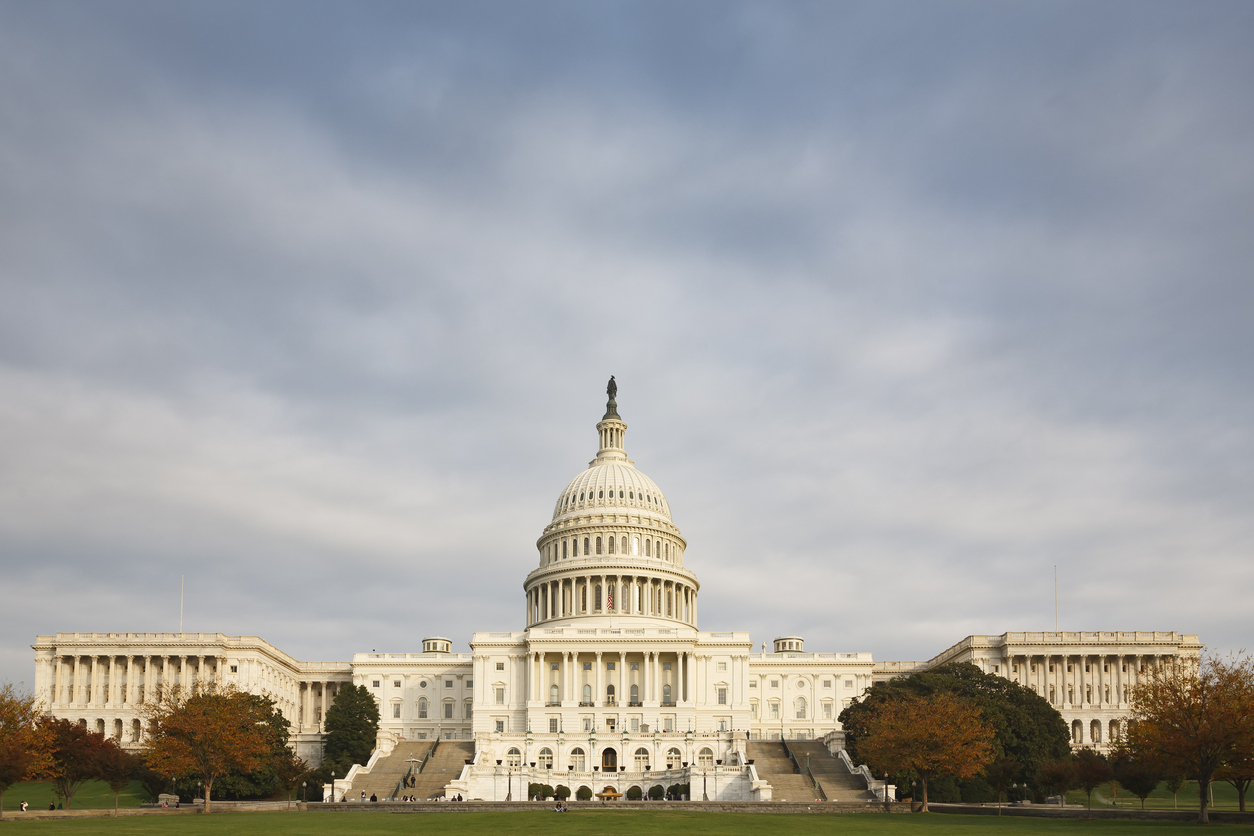University of Georgia weather data is helping NASA study urban forests and their uses
as natural air conditioners.
The study began in Metro Atlanta in May. Researchers with the National Aeronautics
and Space Administration are trying to learn how rapid urbanization affects temperature
and air quality. And they’re looking for ways to lessen its impact.
They’re studying huge bubbles of hot city air. These "urban heat islands" have
developed as Atlanta has grown over the past 20 years.
"Urban heat islands result when vegetated surfaces are replaced with asphalt, concrete,
rooftops and other man-made materials," said Dale Quattrochi. He works at the Global
Hydrology and Climate Center at the Marshall Space Flight Center in Huntsville,
Ala.
Those hard surfaces can be 20 to 40 degrees hotter than plants around them, Quattrochi
said.
"(They) store much of the sun’s energy and remain hot long after sunset," he said.
"This produces a dome over the city of air temperatures 5 to 10 degrees higher than
over adjacent rural areas."
UGA agricultural meteorologist Gerrit Hoogenboom provides ground temperatures
from three of UGA’s 32 weather stations. The stations check air and soil temperatures,
relative humidity, wind speed and direction, solar radiation and rainfall.
NASA uses a specially equipped business jet to gather heat images at midday and late
evening. "The remote sensing devices show hot and cold surfaces. But they can’t show
actual temperatures," Hoogenboom said. "This is where our weather data becomes
useful."
Areas surrounded by paving and buildings take more energy to cool. The greater heat is
clear, Hoogenboom said, in weather reports from the Atlanta airport.
"You can automatically subtract a couple of degrees to get the actual temperature," he
said, "because of all the asphalt at the airport."
The study will let researchers see the effect trees have on Atlanta’s heat and air quality.
The findings will also help planners develop and maintain urban forests. And builders
can devise plans that use trees to reduce the heat load and keep energy costs down.
"Overall, Atlanta is still in good shape," Hoogenboom said. "The city has a lot of trees
and green areas compared to other cities its size."
The Atlanta Regional Commission, the Environmental Protection Agency and 10
Atlanta schools are also helping in the study.



